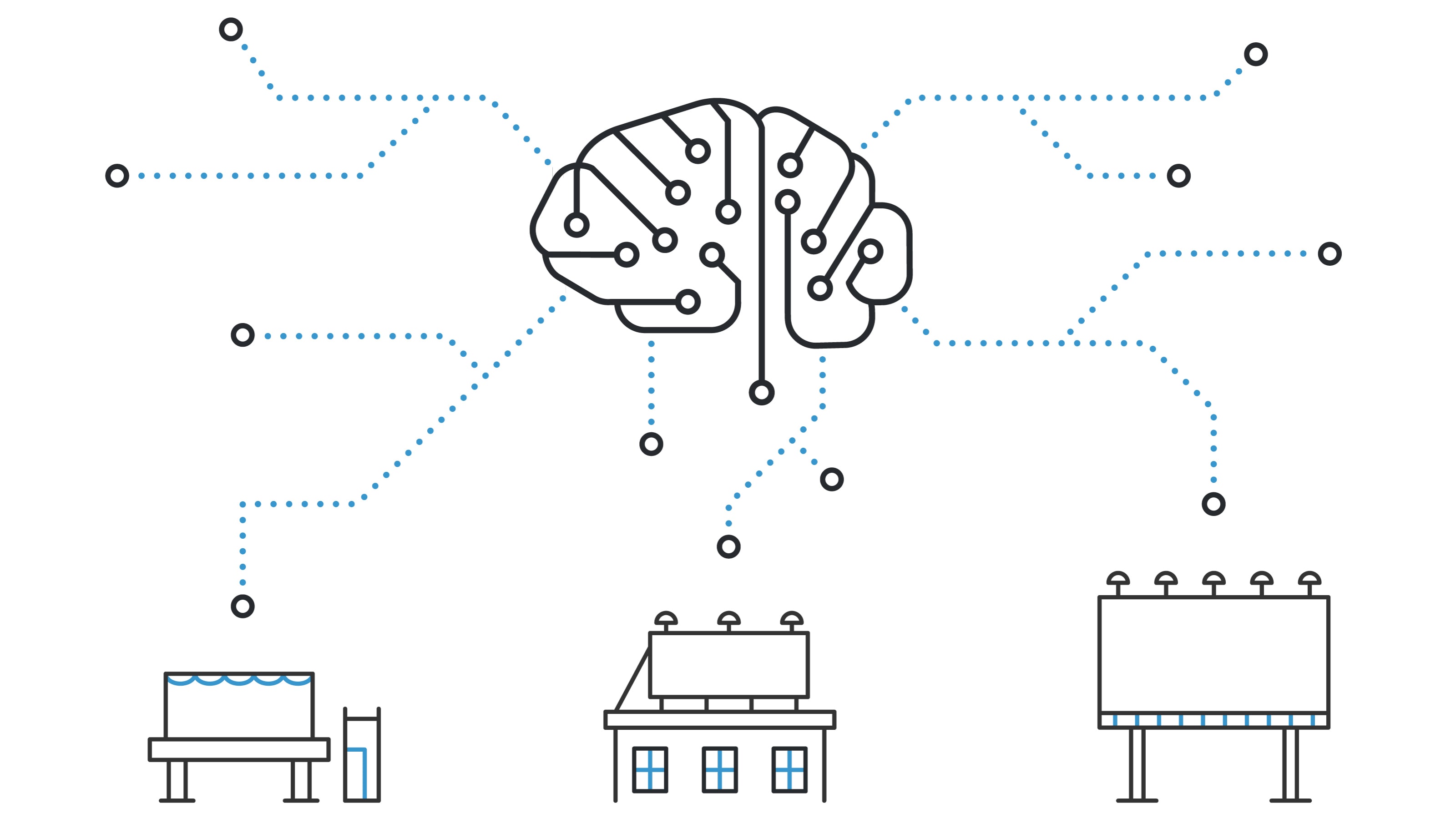
Out-of-home advertising (OOH) is about attention. Always has been, always will be. It’s loud stunts, big billboards and vivid colors. It’s message and brand repetition. All so you can create lasting impressions for viewers.
And not just any viewers. No matter what, ads must drive sales. If you’re going to drive sales, then you need to reach your targeted audience. It’s OOH 101.
But with all of the innovation hitting the OOH industry, are you using the right targeting method?
Let’s look at some classic targeting methods and a couple of modern methods to find out.
Local targeting for a specific location is an oldie-but-goodie. Every time a billboard tells you to “Take Exit 27 and turn left,” or that the nearest McDonalds is 43 miles away, you’re looking at local targeting.
Local targeting is especially effective in smaller markets. Their audience usually has limited choices, such as only a handful of restaurants along their route or a handful of car dealerships. Brands get best results with a broader potential audience, like all hungry travelers or people who want to buy a car locally. It’s really just a numbers game that you win by having geographically-limited choices.
Standardized billboards were the next big thing in the 1920s. Suddenly, brands could make a single ad reach a broad audience. For most of the 1900s, broad targeting reigned supreme. To this day, it’s still one of the most common and effective applications, especially for consumer brands. When people think of OOH’s impact, this is usually what they picture.
But it’s not a perfect solution. Brand recognition surveys and broad number measurements were the best brands could do to measure results. That means a lot of trial-and-error. You’d run an ad in multiple markets, generally see the brand result, do something else with the next, and then try to somehow link the results. Multiple big campaigns like this took a lot of money, pricing them out of reach for many brands.
Social media was born out of the early 21st century, and it’s changed how people share their lives. It’s also changed how OOH is distributed. Suddenly a single ad in a single location could be shared to millions without brands having to lift a finger.
Social targeting takes the classic broad targeting and adds a whole new dimension. It’s not just about the people seeing it firsthand. It’s about combining the creative and the location with the specific goal of getting the OOH shared on social media. It’s still takes a hefty budget and has to be done just right, but a good social-targeted campaign can do the job of a massive old-school brand recognition campaign for much less.
Say you want to get your message in front of successful women in their early 30s when they’re going out for a drink. A few years ago, the only way to do this would be insider local knowledge of the best spots. It’s a labor-intensive process that isn’t exactly scalable.
All that has changed. Today, audience intelligence is combined with mobile data and advanced data science techniques. Thanks to data science, that same level of “locals-only” knowledge can be scaled across multiple markets.
Data science targeting is focused on making those key connections with the exact right audience to drive sales. When done right, it promises a better ROI and opens up a whole new world of possibilities. Before, the most effective targeting was reserved for huge brand recognition campaigns or location-specific campaigns. Now there’s a middle ground where brands and agencies can run tighter, focused campaigns aimed at very specific audiences on a large scale.
With these new tools, we’re getter our first taste of targeting and results-measurement that used to be reserved for digital advertising. It won’t be long before we can target OOH with the same specificity that we target online ads.
So are you old-fashioned or cutting edge?
The right targeting method depends on the situation. Location-specific OOH will always be the most effective way to encourage someone to get off at the next exit, and big, bold OOH will always be the best way to get attention. What we’re really seeing is innovation leading a democratization of OOH — one where brands are the real winners.
Lorem ipsum dolor sit amet, consectetur adipiscing elit

These Stories on Out-of-Home
Don't worry—we won't share your information.